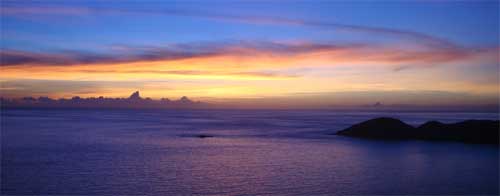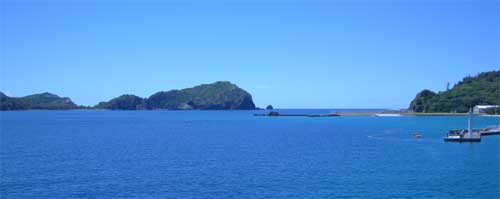 Outline of Research at the Ogasawara
(Binin) islands, the World Natural Heritage site
Outline of Research at the Ogasawara
(Binin) islands, the World Natural Heritage site Outline of Research at the Ogasawara
(Binin) islands, the World Natural Heritage site
Outline of Research at the Ogasawara
(Binin) islands, the World Natural Heritage siteThe Ogasawara islands are called Bonin islands in English, originally coming from gMuninh of a Japanese word. gMuninh means ginhabitedh in Japanese. The human colonization in the Ogasawara islands has started since 1830. The islands are small oceanic islands, located in the subtropical North Pacific Ocean approximately 1000 km south of Tokyo. The main island, Chichi-jima. lies 27˚04f N and 142˚23f E. The area is approximately 24 km2, and the maximum elevation is 318 m above the sea level. The annually mean air temperature was 23.1˚C with the mean temperature of 27.7˚C in the hottest month (August) and 17.9˚C in the coldest month (February) for 1969-2010 in Chichi-jima. The mean annual precipitation was 1278 mm with a minimum of 751 mm in 1971 a maximum of 1875 mm in 1989. Snow and frost have never seen.
Geologically, the islands are unique in the world in that they provide a rare opportunity to direct observe, on land, the normally hard-to-observe phases of the development of an oceanic island arc. Their large area of exposed rock strata tell the plate tectonic story from the beginning of plate subduction 48 million years ago, through transitional periods, and into a stable phase 40 million years ago. Biologically and ecologically, the Ogasawara islands preserve the typical characteristics of isolated oceanic islands, and offer the opportunity to witness the ongoing evolutionary process of speciation and adaptation. For protecting the unique ecosystem, the Ogasawara (Bonin) islands were inscribed in the World Natural Heritage List on 24 June in 2011.
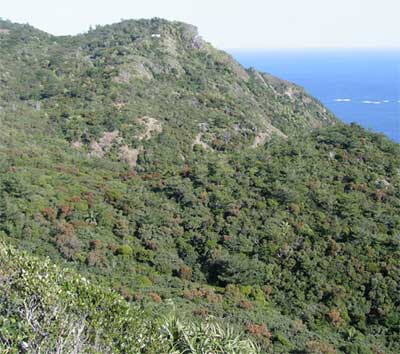
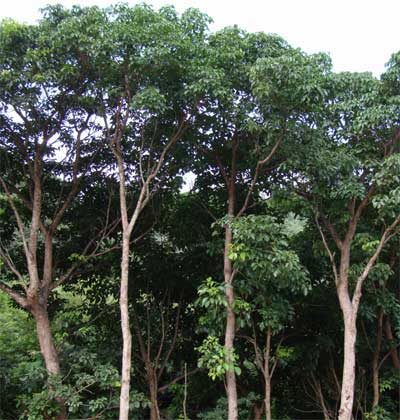
Since 1830, various alien species have been introduced to the islands, either on purpose or by accident. As the results, the islands are facing serious threats, including the extinction of endemic species, vegetation change from native to alien trees, and ecosystem disturbance. For example in alien trees, Casuarina equisetifolia (Casuarinaceae) has been expanding at the dry ridge sites, and Bishofia javanica (Euphorbiaceae) has been expanding at the wet valley sites. It looks like that the alien trees are rapidly expanding into the natural forests, following disturbance due to big typhoons. If the number or the scale of typhoons increase in the islands in the feature, the alien trees will more rapidly occupy the forest canopies. At here, we have examined the physiological basis why the saplings of alien trees can rapidly grow under changing environments, compared those of native trees.
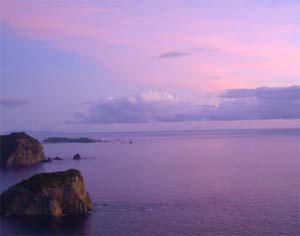 @
@
We have studies eco-physiology of the native and alien woody plants to clarify the mechanisms of adaptation, distribution, forest regeneration, and co-existing, based on the form and function of plants. These studies would contribute to 1) the conservation of the unique forest ecosystem and 2) to the estimation of forest change under global climate change. In order to take over the valuable nature of ecosystem in the Ogasawara islands to the next generation, researchers, policymakers, and various NPO groups have made good teamwork in the islands.
